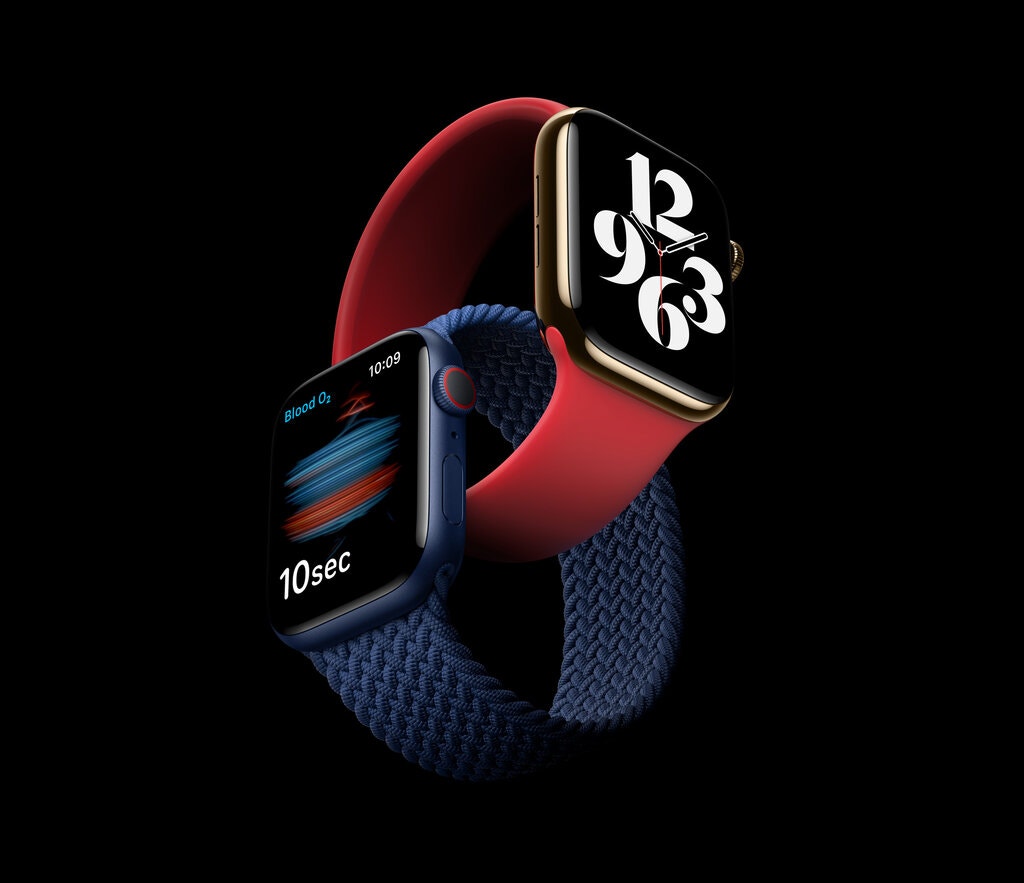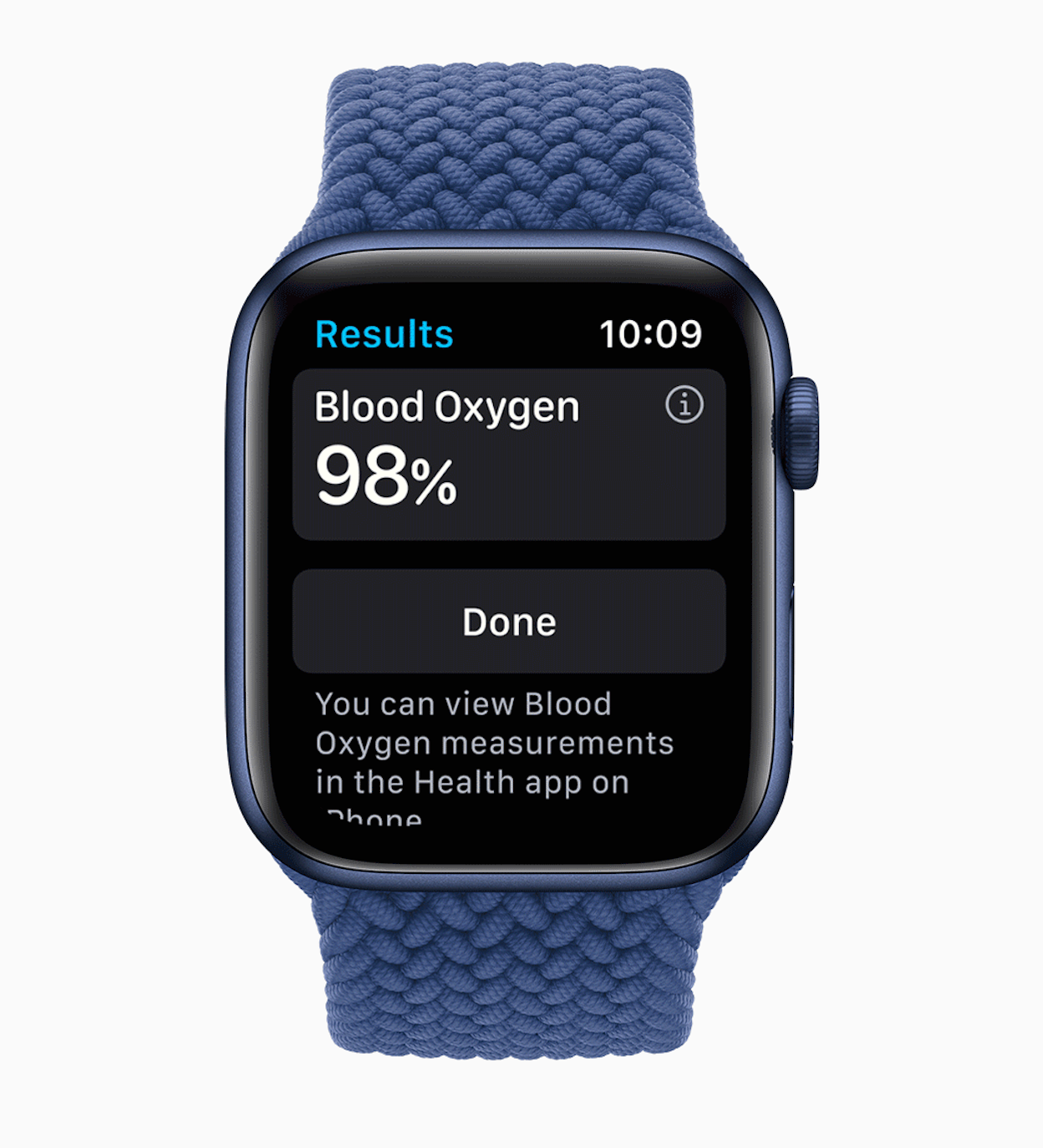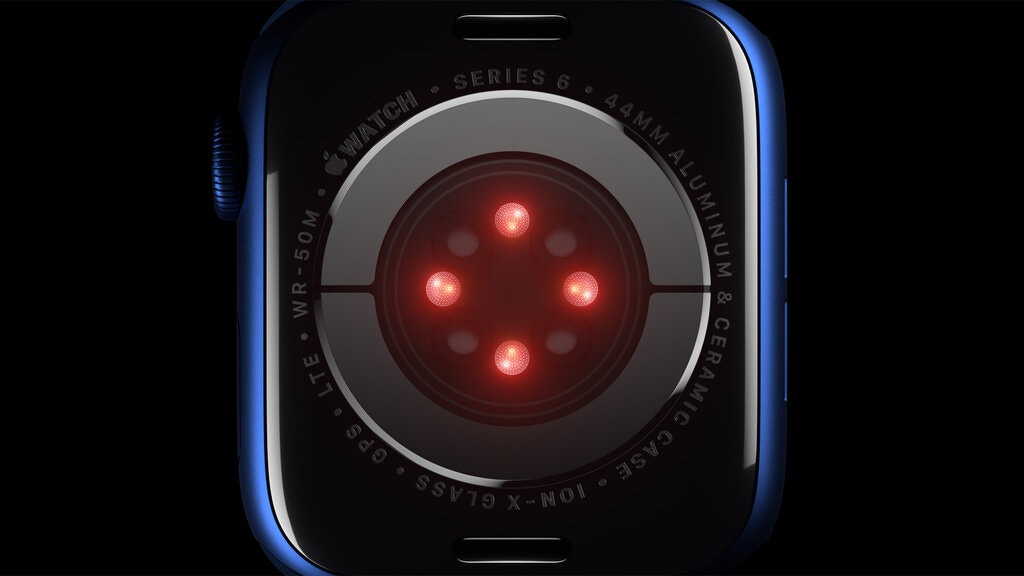The ability to measure your blood’s oxygen saturation — an overall indicator of wellness — is the most significant new feature in the Apple Watch Series 6.
The feature is particularly timely with the coronavirus, because some patients in critical condition with Covid-19 have had low blood oxygen levels.

A healthy person will usually have blood oxygen levels in the mid- to high 90s. When people have health conditions such as lung disease, sleep disorders or respiratory infections, levels can dip to the 60s to the low 90s, Dr. Goldstein said.
If you buy the Apple Watch and have access to information about your blood oxygen levels all the time, it’s important to have a framework for thinking about the data. Most importantly, you should have a primary care physician with whom you can share the measurements so that you can place it into context with your overall health, like your age and pre-existing conditions, Dr. Goldstein said.
But when it comes to medical advice and diagnosis, always defer to a doctor. If you notice a big dip in your blood oxygen level, it is not necessarily a reason to panic, and you should talk to your doctor to decide whether to investigate. And if you have symptoms of illness, such as fever or a cough, a normal blood oxygen reading shouldn’t be a reason to skip talking to a medical professional, Dr. Goldstein said.

Let a medical expert — not your watch — create the action plan.
Blood oxygen monitoring may be more useful for people who are already known to have health problems, Dr. Weiss said. For example, if someone with a history of heart failure saw lower saturation levels in their blood oxygen during exercise, that information could be shared with a doctor, who could then modify the treatment plan.

The information could also be used to determine whether a sick person should go to the hospital. “If a patient called me and said, ‘I have Covid and my oxygen level is at 80 percent,’ I would say, ‘Go to the hospital,”’ Dr. Weiss said.
The Apple watch will periodically measure your blood oxygen level in the background, including when you are asleep. So if we gather data about ourselves while we’re slumbering, we might discover something unknown about ourselves — or not.














